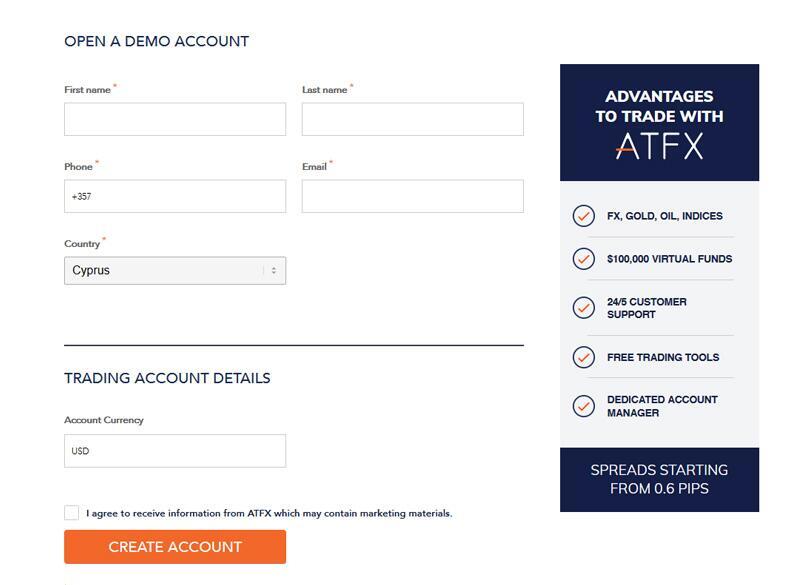
For a recap on the subject, please see CFI’s valuation methods guide, as well as the financial modeling guide, and types of financial models. The price to book (P/B) is another ratio that incorporates a company’s share price into the equation. The price to book is calculated by share price divided by book value per share. In this ratio, book value per share is equal to a company’s shareholder’s equity per share, with shareholders’ equity serving as a quick report of book value. While intrinsic value is often relied on as a base case, many investors and analysts often use a variety of ratios for providing a quicker and easier estimation of a stock’s price. Ratio analysis is also often viewed in conjunction with intrinsic value calculations.
Neither our writers nor our editors receive direct compensation of any kind to publish information on tokenist.com. Our company, Tokenist Media LLC, is community supported and may receive a small commission when you purchase products or services through links on our website. Click here for a full list of our partners and an in-depth explanation on how we get paid. The opposite of overbought is oversold, where a security is thought to be trading below its intrinsic value.
What Does Overvalued Mean?
Sometimes you might find something the rest of the market is missing. An overvalued stock is one that trades at a price significantly higher than its fundamental earnings and revenue outlook suggests it should. It may also trade at a price-to-earnings multiple higher than its peers when adjusted for future growth.
is Nvidia Overvalued? – Rebellion Research
is Nvidia Overvalued?.
Posted: Fri, 01 Sep 2023 22:43:07 GMT [source]
The company’s P/B ratio can also be used to determine a stock’s true value. This ratio is used to compare the market price to the book value of the business (total assets minus liabilities, divided by the number of shares issued). Divide the market price per share by the book value per share to arrive at the figure. The company’s P/B ratio Forex trading scams can be used to determine a stock’s true value. For investors in the equity markets, determining a stock’s intrinsic value is important in trying to determine whether it is overvalued or undervalued. Intrinsic value is the calculated value of a company using fundamental analysis, which takes into account a variety of quantitative factors.
How to avoid overpaying for a stock
According to The Motley Fool, in January 2020, the company’s stock was the second most expensive among its industry peers and Eli Lilly might find it hard to deliver consistent expected growth. The conclusion I derive from this https://investmentsanalysis.info/ analysis is that the S&P 500 is not expensive and one could easily argue is quite inexpensive. Just because the market has increased substantially since the financial crisis does not automatically mean the market is expensive.

The accuracy of the PEG ratio depends on the accuracy and reliability of the inputs. Moreover, the PEG can be calculated with both trailing and forward growth rates. Depending on the analysis, trailing and forward may differ substantially, which will influence the PEG. Below are a few popular ratios that can provide some quick insight into a stock’s price. Comprehensively, there are 100s of ratios that investors can study or use in different types of analysis. Investopedia discusses stock ratio analysis from a multitude of different angles across its website platform.
Our Services
If the average interest rate the US government pays on its borrowings (also referred to as the treasury yield) is higher than the earnings yield, some traders believe that the stock market is overvalued. The price-to-sales (P/S) ratio is a fairly simple ratio that is calculated by dividing a company’s market capitalization by its revenue over the previous 12 months. This ratio can be useful for companies that have low or negative earnings due to one-time factors or are in their early stages and investing heavily in the business.
- Options give you, the investor, the ability (but not the obligation) to buy or sell a stock at a predetermined price by a predetermined date.
- Another way to tell if a company might be overvalued is to pay attention to what company insiders are doing with their shares.
- There are quite a few types of binary options, such as high/low, no-touch, and range binary options – but to trade them effectively, you’ll need a rock-solid binary options trading strategy.
- When this is the case, traders refer to the asset as overbought and many will bet on a reversal in price.
- For our analysis, let’s assume earnings growth reverts to the long-term average of 7%.
As such, certain ratios are considered to be more comprehensive than others and therefore better for use in alternative valuation methods. Working with an adviser may come with potential downsides such as payment of fees (which will reduce returns). There are no guarantees that working with an adviser will yield positive returns.
Shorting Overvalued Stock in a Volatile Market
As a result, it might be helpful to compare the P/E ratios of rival companies to determine whether the stocks you want to trade are overvalued. That is why it is crucial to understand how to spot overvalued stocks. Given the speculative nature of this type of investing strategy, it’s critical to reduce the potential for error as much as possible. This entails being able to seize on overpriced stocks that are currently trending downward and are most likely to keep doing so for the foreseeable future. Because you’re essentially betting that the price of an overvalued stock will fall, short-selling can be risky.
- Of course, the ratios and metrics reflected this – and once investors caught on to the fact that the stock was overvalued, there was a dramatic price correction.
- In such cases, stock prices of companies belonging from specific industries surges during economic expansion resulting in rapid capital appreciation, high dividends, etc.
- Since this type of investing strategy is speculative, it’s important to minimize room for error as much as possible.
- EBITDA is calculated by adding depreciation and amortization to operating income (also known as EBIT).
- In periods of expansion, they also experience significant increases in profit.
All else being equal, a fast-growing company absolutely should trade at a higher earnings multiple than a slow-growing company. Some investors look at the PEG ratio — or the price-to-earnings-growth ratio — as another indicator of whether a stock is overvalued. Both Tesla and Gamestop are overvalued stocks if you look at the data. You would expect then, that the stock price of these companies would fall, or at least stop growing – but that isn’t the case. In fact, Tesla has experienced tremendous growth despite its unideal financial metrics – and it has been “overvalued” in all that time.
Overvaluation of stock: Meaning of overvalued stocks
This is because it would indicate that the company isn’t making a lot of money in comparison to the amount invested by shareholders. When shorting an overvalued stock during times of market turbulence, the main risk is that a trend could change. You might decide to invest in a stock you believe will drop in value, but if that doesn’t happen and the price of the stock starts to rise instead, you could lose money.
As a result, they will sell, and the price will drop – and that drop is usually sudden and large. Gains can be made by short selling, but this is a risky trading strategy and requires skill, perseverance, and lots of practice. Short-selling has unlimited potential for loss because you will suffer losses if the stock price increases. And as the recent GMA scandal shows, stock prices can suddenly soar to absurd heights. Simply put, when you short-sell security, you borrow it and then sell it right away.
Relative dividend yield
Apart from short selling, investors can also trade overvalued stocks by using options – specifically, put options. Options are derivatives, which means that they are complex financial instruments and that their worth is based upon the worth of an underlying asset – in this case, a stock. When the market becomes volatile, the astute investor searches for openings.
